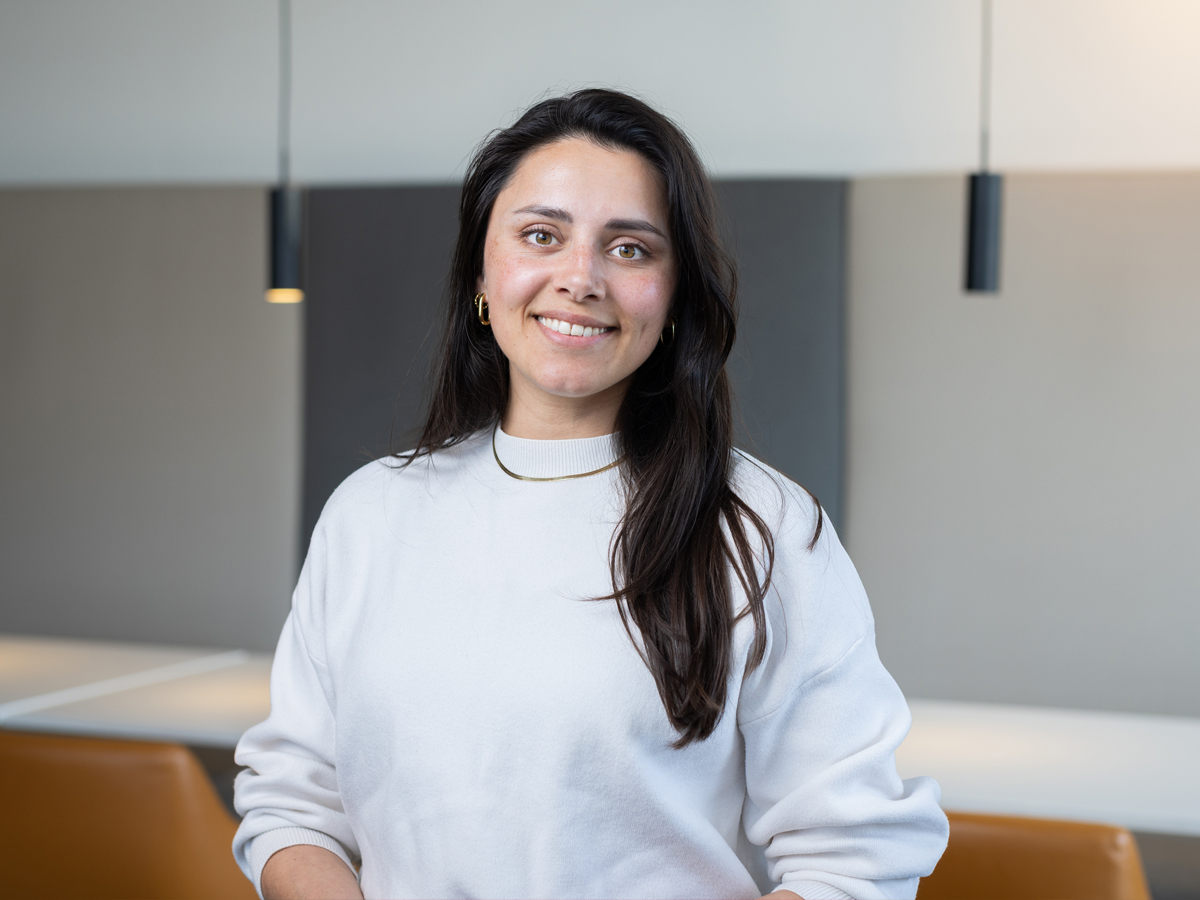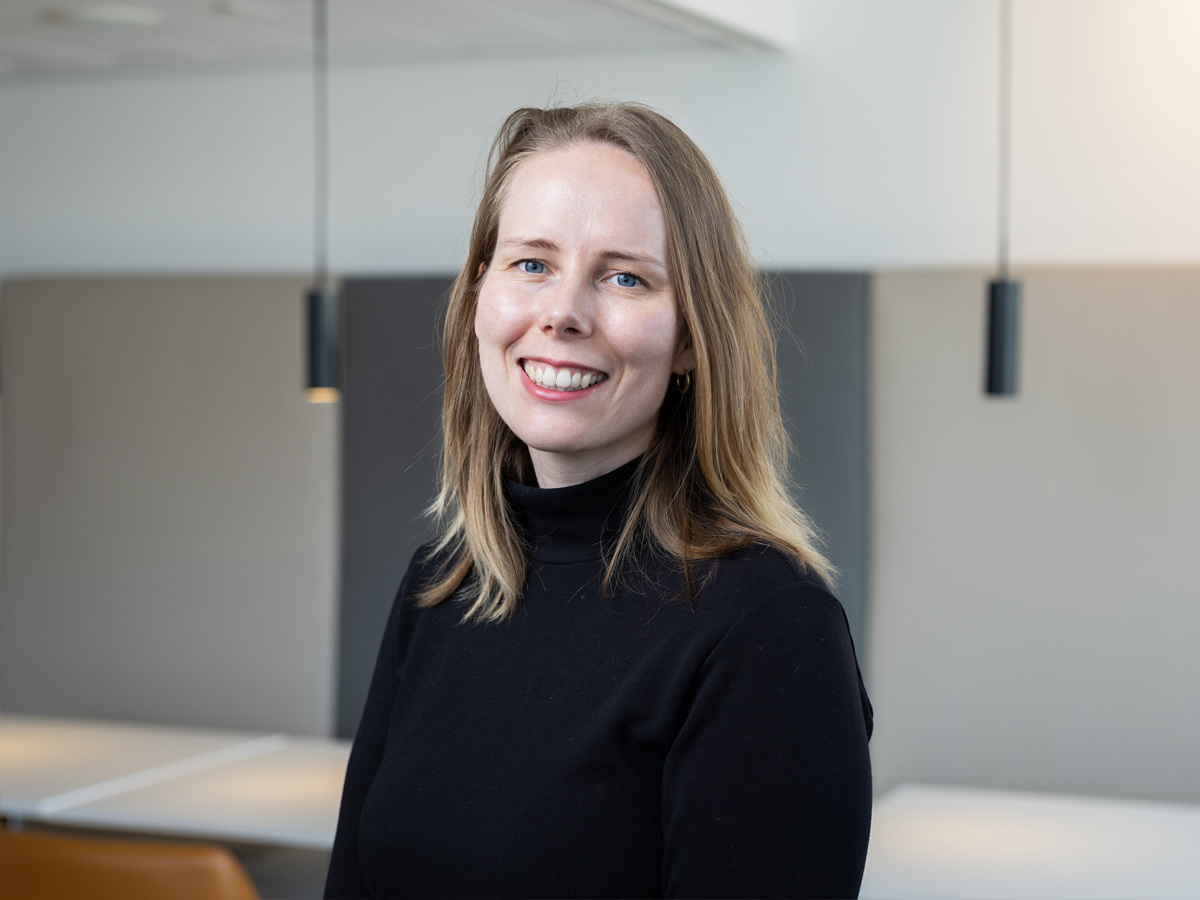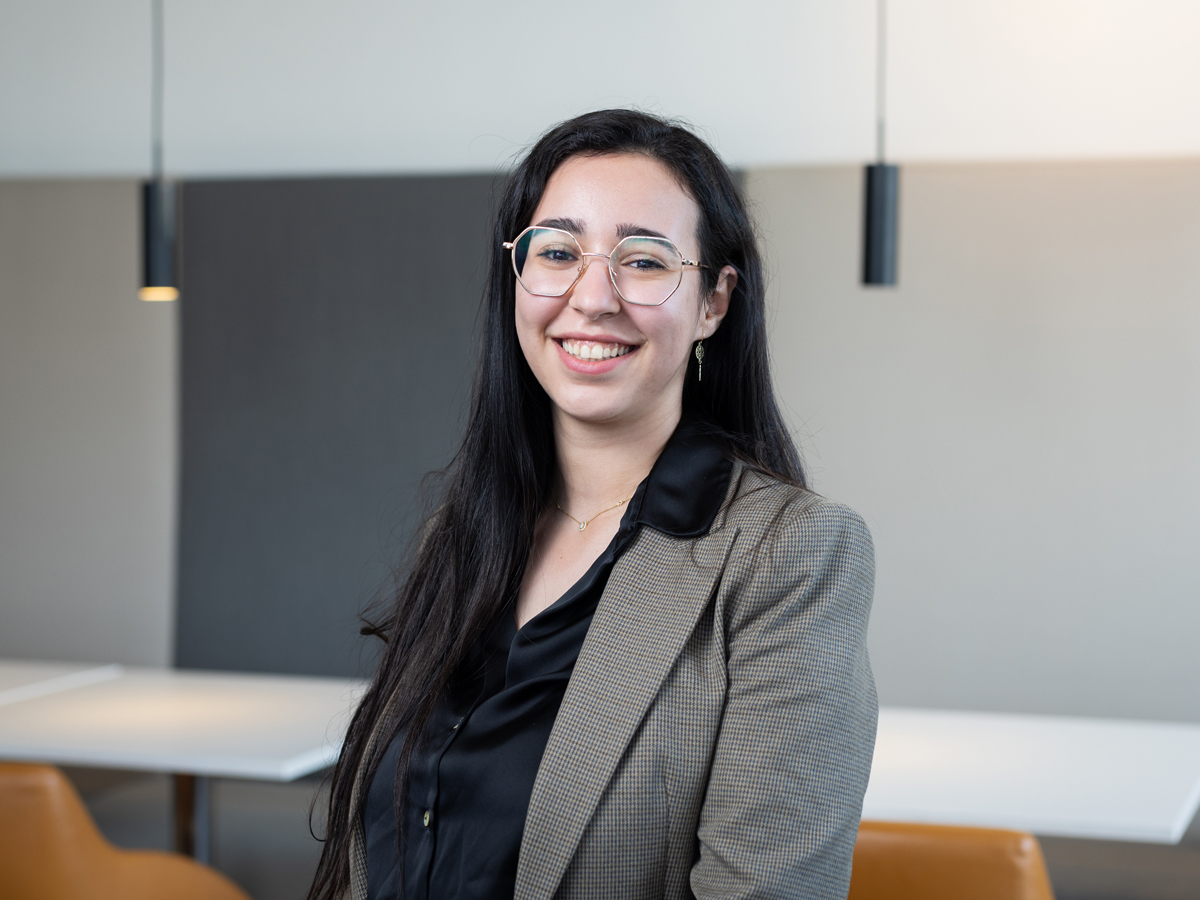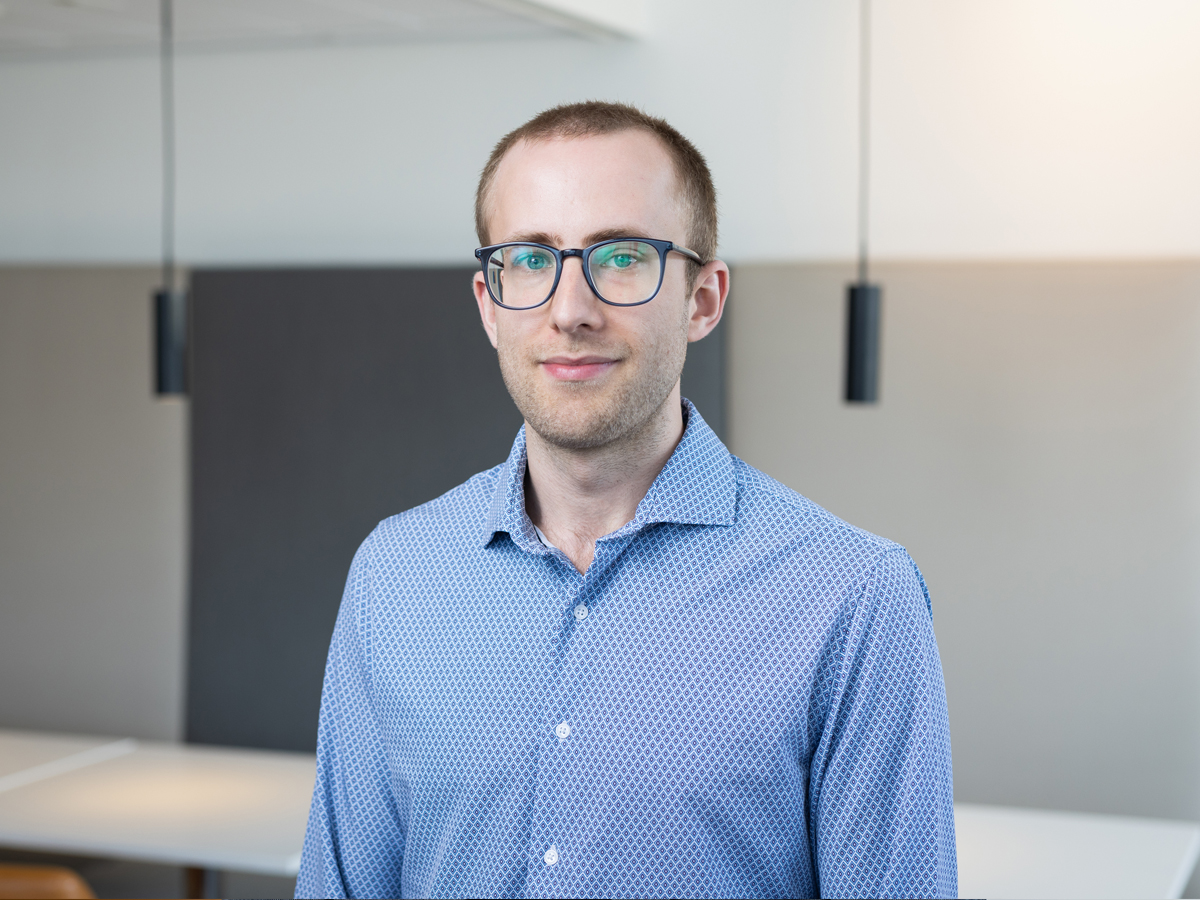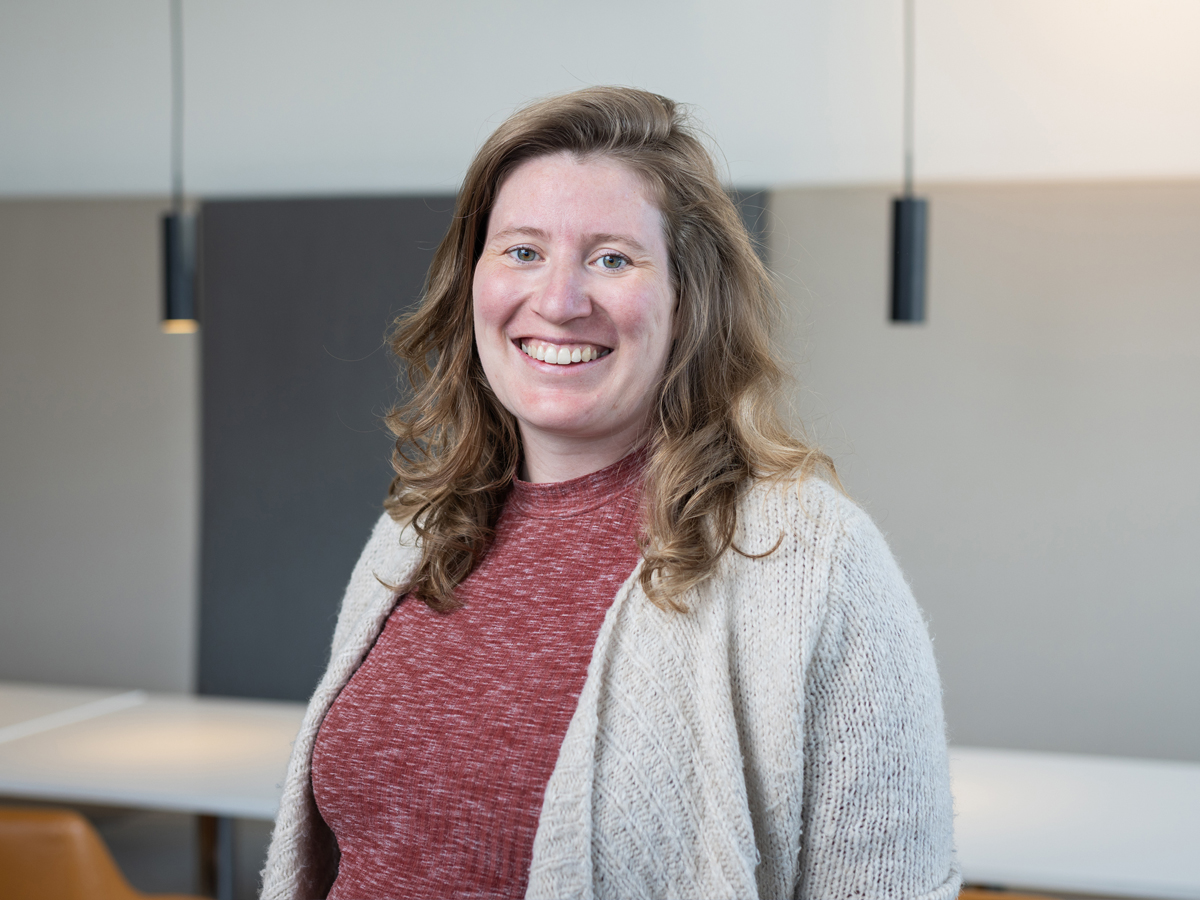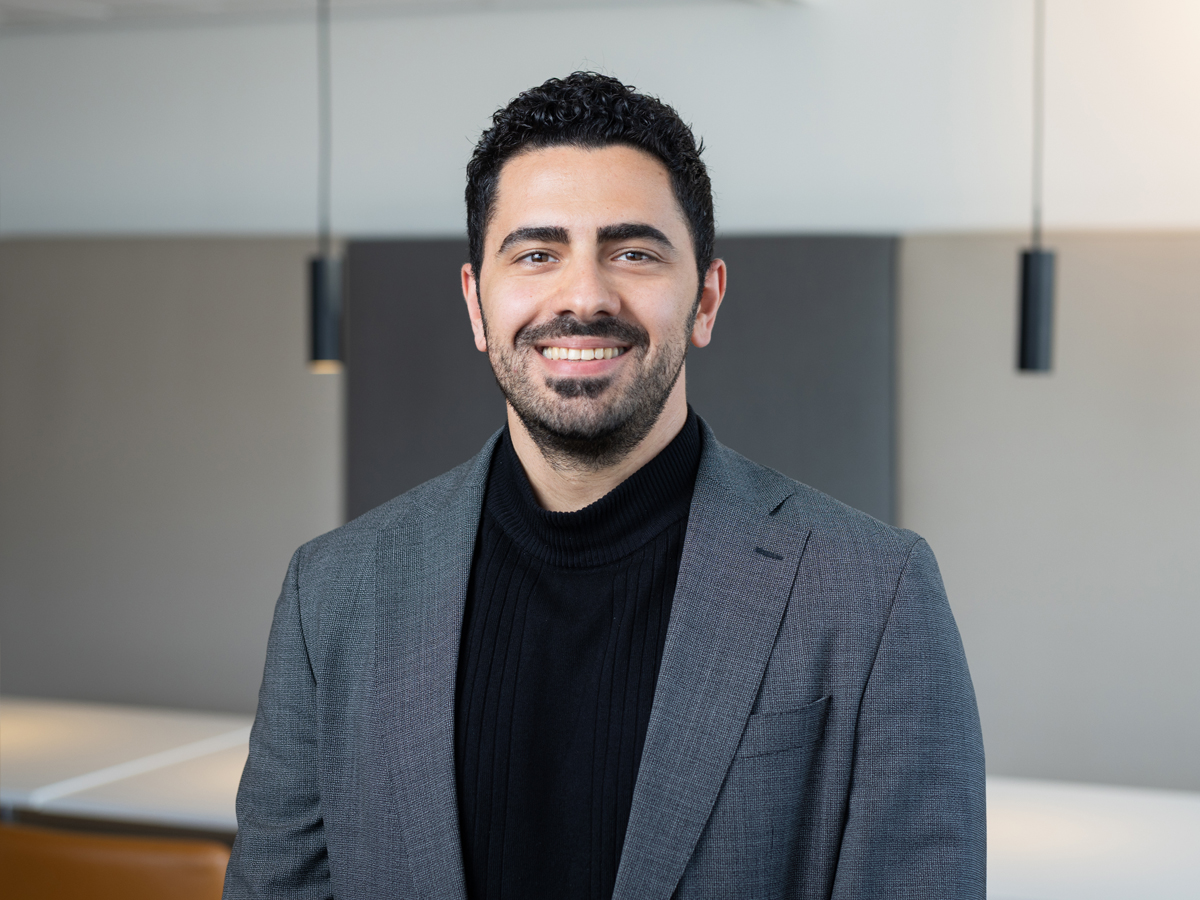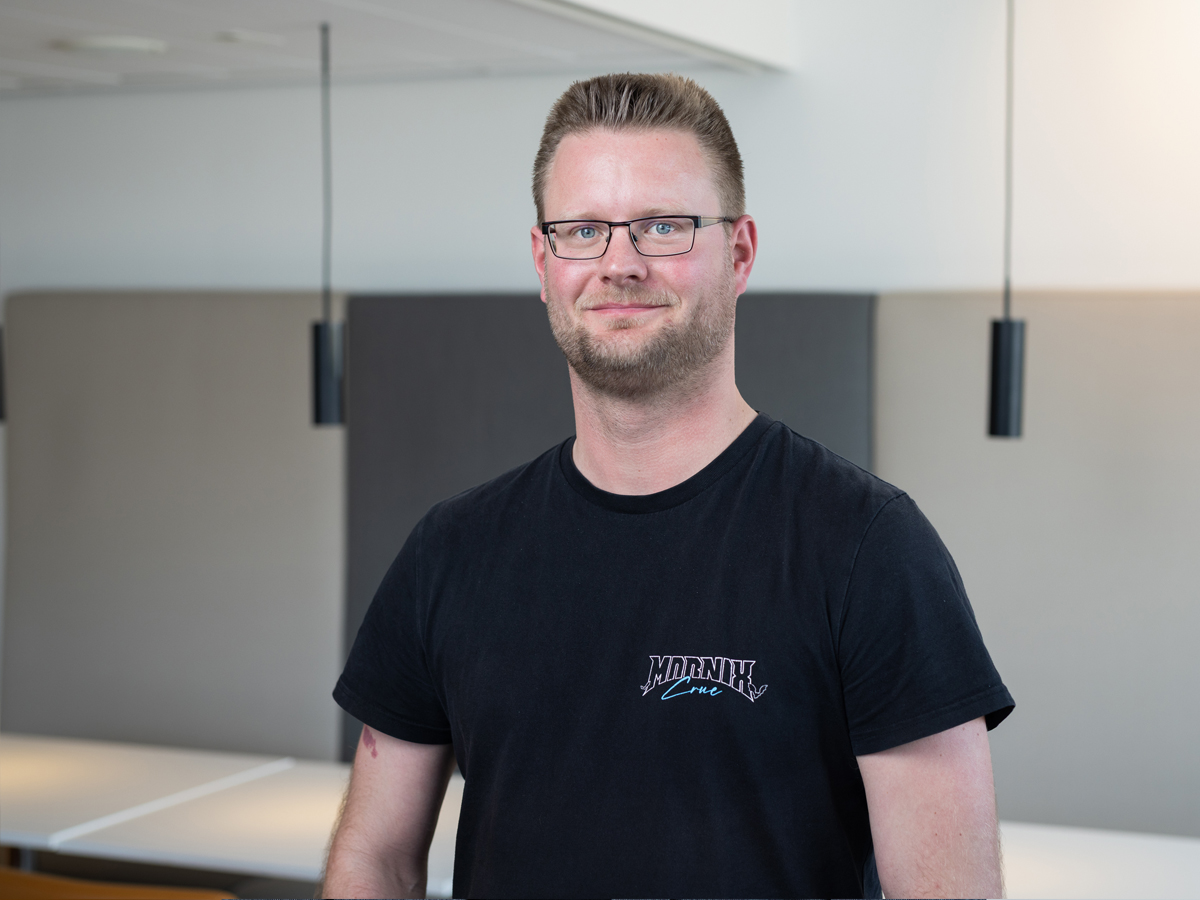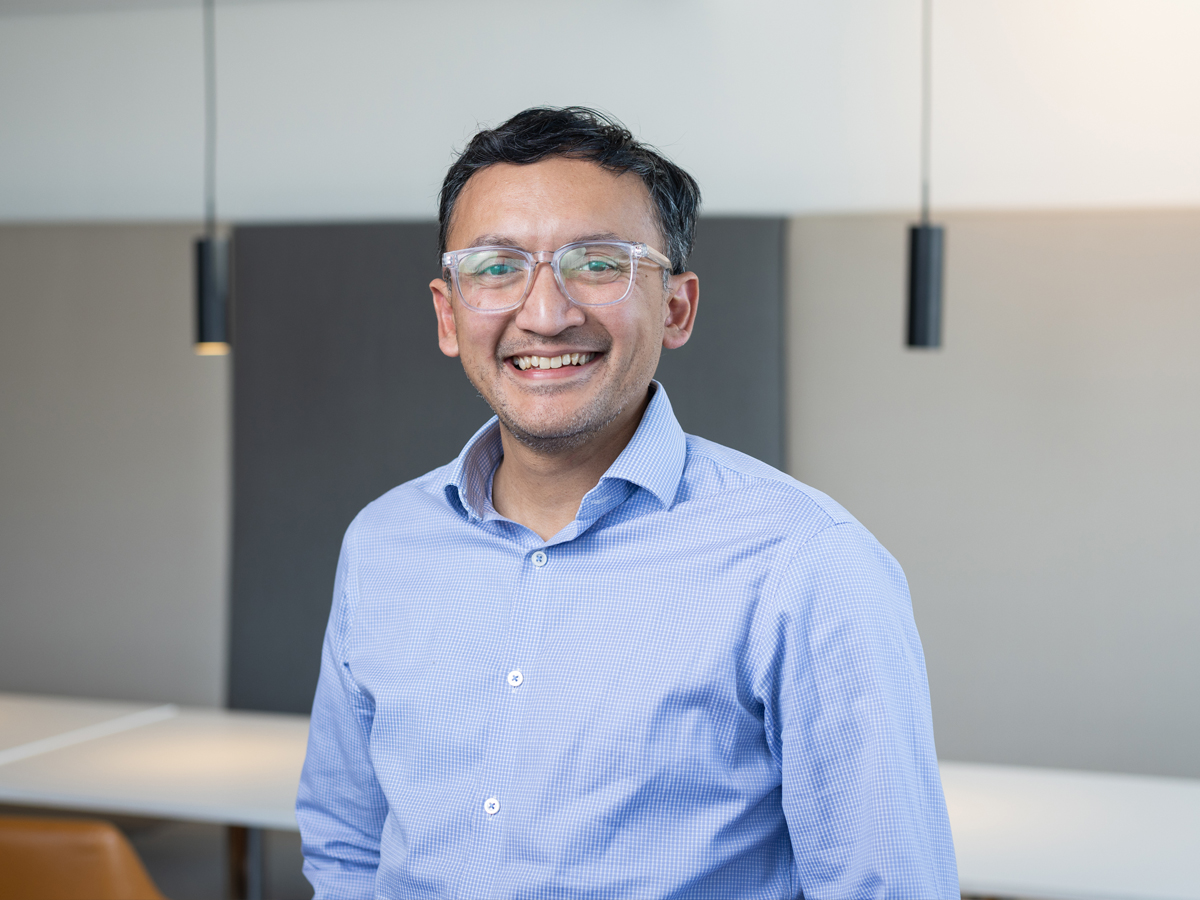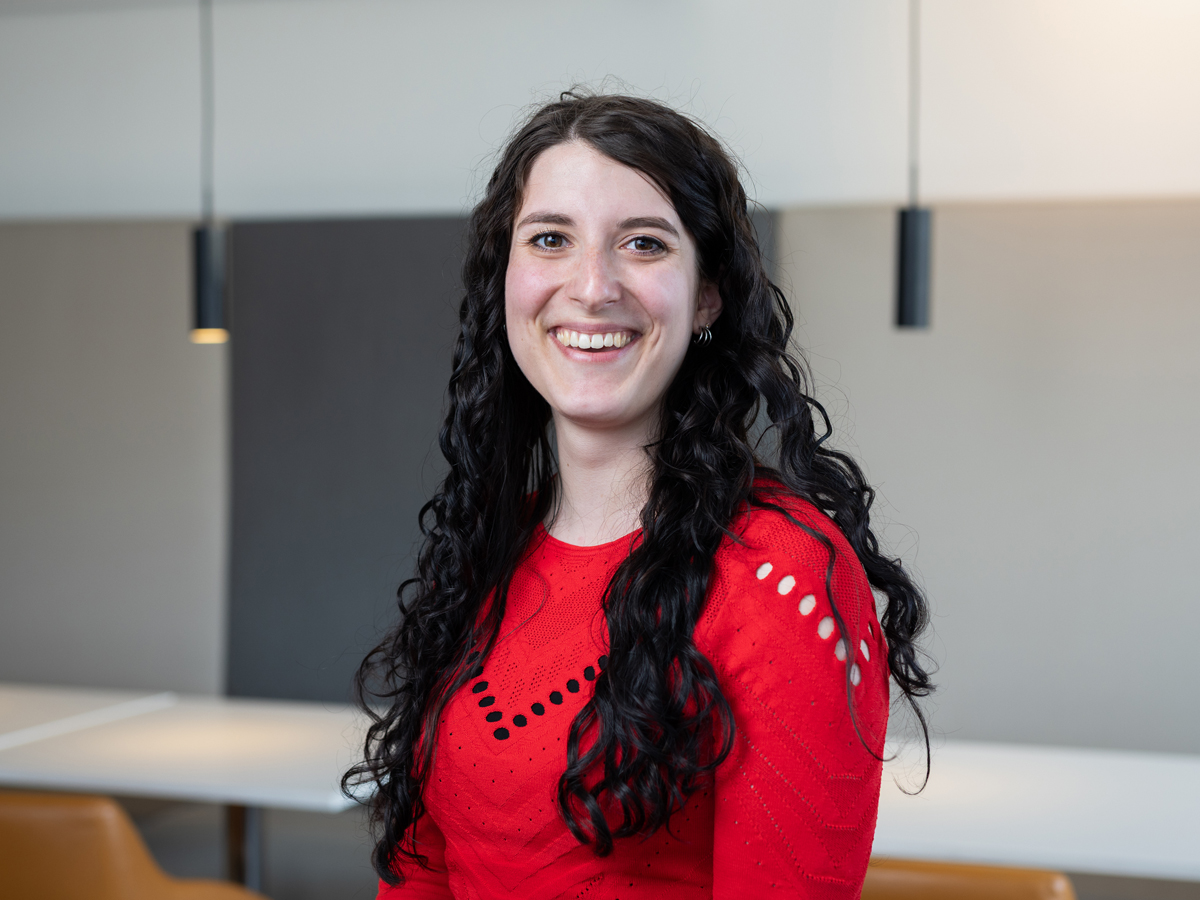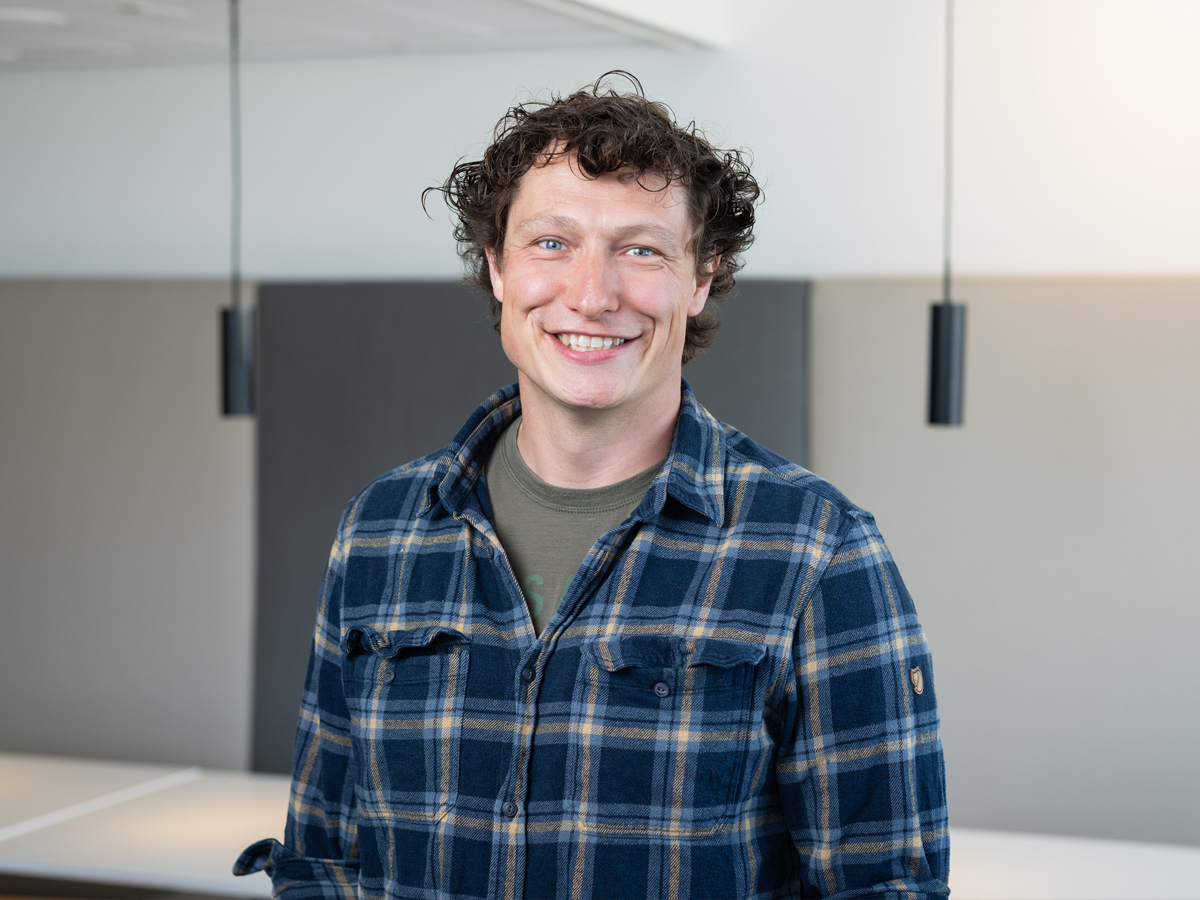Agriculture, water and food and Circular Economy fellows
Here’s our third group of fellows. Their research focuses on Agriculture, water and food and Circular Economy.

Mert Astam
TU Eindhoven
A smart ring that guides the deafblind through touch
We rarely realize how much we use our sense of touch to perceive our world. Yet, for individuals with deafblindness, touch is crucial for tasks as basic as navigation. I aim to aid with our assistive haptic ring wearable, the HapRing, generating human-like squeezing or shear sensation through the reversible, on-demand deformation of our revolutionary polymer technology. Our wearable will provide socially accommodating navigational assistance in challenging scenarios, such as at traffic lights and train station gates. I envision this will prove the value of our technology for general immersion-centric applications, such as virtual/mixed/augmented reality, and unlock boundless application potential.
Fleur van Eeden
VU Amsterdam
Fermented foods that boosts gut health to ease anxiety and depression
There is an urgent need to tackle the rising global prevalence of depression and anxiety. Both conditions decrease individuals’ quality of life and place a heavy financial burden on society. Recent studies have demonstrated a strong connection between the gut microbiome and mental health. Following the data from large cohort studies of over 1,000 people, a specific human gut bacterium has shown a strong inverse correlation with depression and anxiety. Our innovation involves a proprietary fermentation method (patent filed) to produce a functional fermented food using this gut bacterium to improve mood.
Carina Nieuwenweg
Wageningen University & Research
Yeast microfactories turning microbes into sustainable flavor and food ingredient producers
Yeast is mostly known as an ingredient for making bread, wine, and beer. However, yeast can also be reprogrammed to produce other compounds, such as medicines and rare colorants. Modifying yeast’s genetic algorithm is often costly and time-consuming, which is one of the biggest bottlenecks for biotechnology companies.
A new method, based on CRISPR-Cas, makes it possible to change this genetic algorithm much faster. This allows the development of yeast microfactories capable of producing compounds with rare properties – even substances that do not exist in nature.
Salma Rian
Wageningen University & Research
A smarter poultry feeder for healthier chickens and a greener farm
Hydra Peck is a poultry feeding system allowing to store, mix and distribute a wet diet to chickens. Since the current poultry sector is relying only on dry feed -for technical reasons-, our proposed solution, a high-moisture-diet feeding system, will improve the chicken’s health and welfare by around 140 g higher body weight gain, increase the average farmer’s profits by around 18,000 euro per year, and decrease the Carbon and Nitrogen footprint of poultry farming. Moreover, the higher flexibility in ingredients’ choice will reduce feed-food competition and energy use, making the sector more sustainable, and this feeding system more impactful.
Roland Berdaguer
University of Amsterdam
Microbes fighting crop pests for sustainable farming
Agriculture is crucial for providing food to a growing world population but faces large challenges. There is growing evidence that many of these challenges can be overcome with microbes. Here we propose to create a start-up company, MicroBioLogicals, that will develop a product, based on microbes, to control potato cyst nematodes. These nematodes are currently causing big losses in potato yield. This product will allow farmers to fight this pest in a more environmentally friendly way. After this first product, MicroBioLogicals is going to develop more products, based on microbes, to make agriculture more sustainable.
Brigit van Brenk
Utrecht University
Using fungi to clean polluted water and turn waste into value
Water polluted with pesticides, pharmaceuticals, and industrial chemicals is a growing issue, but a sustainable solution is within reach. Our research shows that mushroom substrate, typically considered waste, can effectively remove these pollutants from water. This substrate can even eliminate some harmful substances by up to 100% in just one day. This innovative method offers a cost-effective and eco-friendly alternative to current water purification technologies. It has the potential to make clean water more accessible in water-scarce regions and contributes to healthier ecosystems. Together with the Faculty of Impact, we can turn this solution into reality.
Ali Elahinik
TU Delft
Turning wastewater sludge into eco-friendly flame retardants
Our innovative technology focuses on two circular economy goals: reducing waste and lowering natural resource use. We create an eco-friendly flame retardant (FR) from materials found in sewage sludge. Wastewater treatment plants produce sludge, which is usually treated as waste, leading to high costs and environmental impact. At the same time, most flame retardants contain harmful chemicals, while green alternatives are limited and expensive. By repurposing sludge biopolymers, we create Biofire Polymer—a green, carbon-neutral, and scalable solution that cuts waste, lowers costs, and supports a more sustainable, circular economy.
Florenz Buß
Universiteit van Amsterdam
Sustainable borate electrolytes for greener, safer batteries
This project at the university of Amsterdam (UvA) develops eco-friendly borate electrolytes for sodium-ion batteries (SIBs) using borax and industrial boron waste. It reduces environmental impact and reliance on scarce materials while offering a safer, more sustainable alternative to lithium-based systems (LIBs). The goal is to create affordable, reliable energy storage for renewable sources.
Alsya Affandi
Amsterdam UMC
Smarter cancer vaccines that train the immune system better
Although current vaccines can train our immune system to fight infections, they are not effective for cancer therapy. The issue is that they are not effectively taken up by the correct component of the immune system, the ‘teacher cells’, which are crucial for cancer immunity. We are developing a smart vaccine that is delivered directly to these ‘teacher cells’, enhancing the immune system’s ability to fight cancer.
Amber Wezenaar
PM Center
Boosting immune cells to target and destroy solid tumors with precision
We aim to develop enhanced T cell therapies to treat solid tumours. To do this, we study the dynamic nature of T-cell therapies, recognizing something many have overlooked: T cells are living, adaptable cells. By studying their behaviour, we identified targets to select the most potent T cells, those with the strongest solid tumour-targeting. This approach means that we can ensure the most effective cells are administered to patients, improving treatment outcomes. We have already demonstrated the potential of this approach, showing that by enriching T cells for our specific targets we can increase their ability to kill solid tumours.
Tim Hogervorst
TU Eindhoven
Breakthrough tech keeps cells alive during freezing, reducing damage
In theory cryopreservation can preserve cells, tissues, and organs for decades, enabling biobanking for conservation, breeding-programs, and healthcare. However, in practice, this proves to be more challenging. With current technologies, biological materials are often damaged beyond repair due to limited control over ice formation. We have discovered a material that triggers ice formation at the highest temperature ever recorded for man-made materials. This is groundbreaking, because ice formation at higher temperatures can reduce losses to less than 10%. I propose to turn this scientific
discovery into a product, making essential biological materials for life-saving treatments accessible and affordable to everyone.

